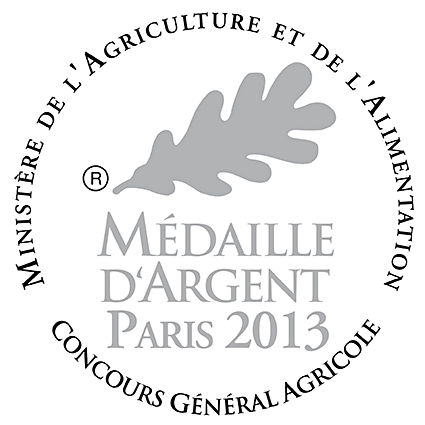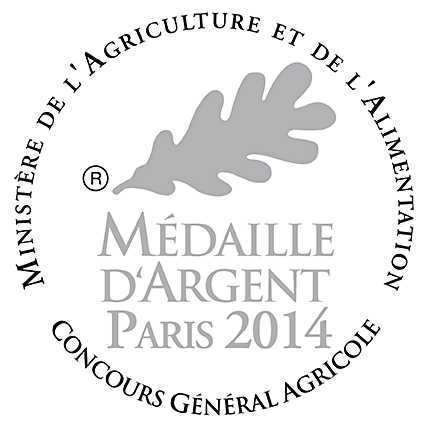The Domain
A domain to discover
The family estate of Raphael & Marylène Sallet is located in Uchizy, in the charming village of Saône-et-Loire in Southern Burgundy (10km South of Tournus and 20 km North of Mâcon).
At 260m (683 feet) above sea level, the vineyard benefits from a southeastern exposure and temperate climate. Overlooking the valley of the Saône, on stony slopes composed of sweet, rich limestone and clay, people say this is the beginning of Provence, featuring Roman tiles, with the hot winds of the Rhone Valley crossing Lyon, going up the Saône and reaching all the way to Tournus. The estate vineyards stretch between the villages of Uchizy, Plottes and Chardonnay, which is historically the cradle of the famous grape of the same name...
A philosophy
To listen and learn from each vintage and combining vigor, tradition, and modernity is essential for an optimum quality.

Raphaël Sallet
artisan winemaker
Our Story
Over the generations
Coming from a family of winemakers, from an early age, Raphael Sallet was always alongside his father Gérard, passionate for the work of the vine.
This was not the choice of Raphael, whose ambition was to produce his own wine; carefully overseeing the whole process: the cultivation of vines, wine making, and culminating in the sale of the bottle.
In 1986, at the age of 21, he created his own domain with the acquisition of 0.40 acres of vineyards and a small plantation. Harvesting and wine making followed, producing his first vintage in 1987!
Until 1991, he planted an average of 1.5 hectares (3.70 acres) of vines each year. In 1992, Marylène, now his wife, joined the family to support the daily management of the business which allowed Raphael to devote himself to his work: the vine and winemaking.
In 1994, the Gerard’s commitment with the cooperative winery cesead, he decided to work with Raphael. The Domain reached another dimension, and the need to invest in a new winery to receive the additional harvest was required. Over the years, the Domain expanded to now reach an area of 26 hectares (64 acres) with the designations, Mâcon Uchizy, Mâcon Chardonnay and Mâcon.
Then since 2018, Marylène has been farming 2ha60 in the town of Viré, including the “Clos du Chapitre” plot, the former vineyard of the Moines de Cluny. This is the opportunity for Raphaël to vinify a new communal appellation: Viré-Clessé.
Each year, 100,000 bottles are sold in France, Germany, Belgium, Switzerland, United Kingdom, Netherlands, USA, Japan …
In
the vineyards
To listen and learn from each vintage and combining vigor, tradition, and modernity is essential for an optimum quality.

In
the cellar
Between tradition and modernity Winemaking is natural, minimalistic, with very little intervention with the sole objective: the revelation of the Land.
Our
awards
Over the past years and our different vintages, we have obtained several distinctions
Press
review
We talk about us!
Find here the latest press articles on the domain.

Our collection
Discover our wines
© 2021 Siclik - Legal Notices






























